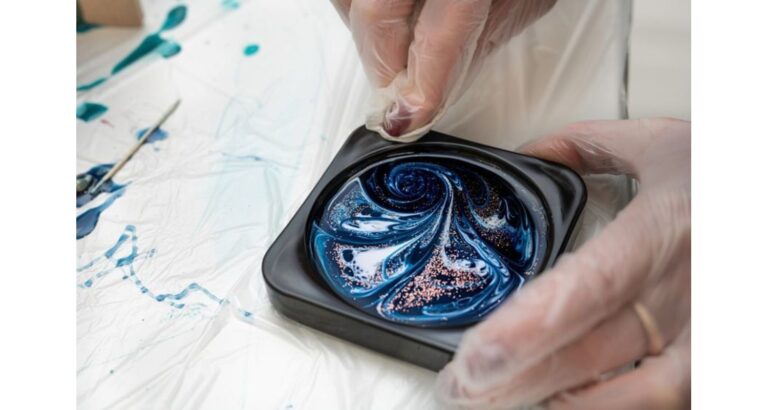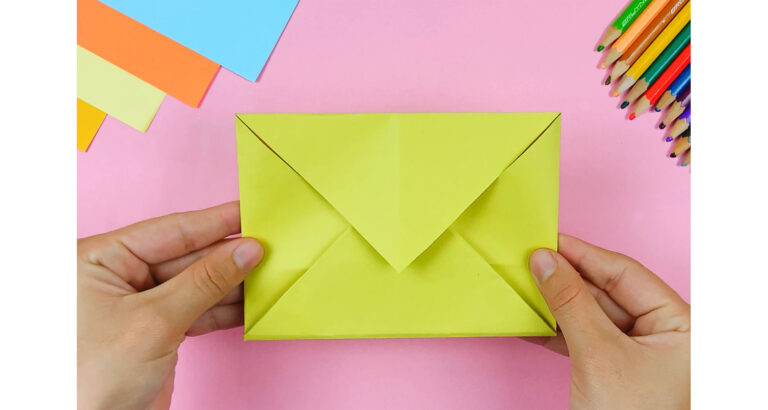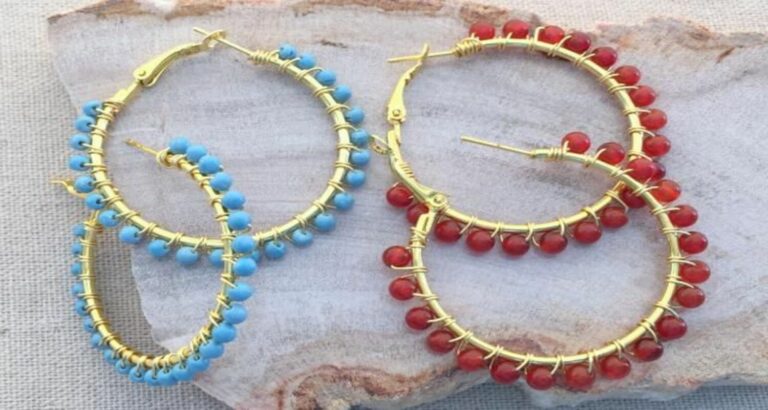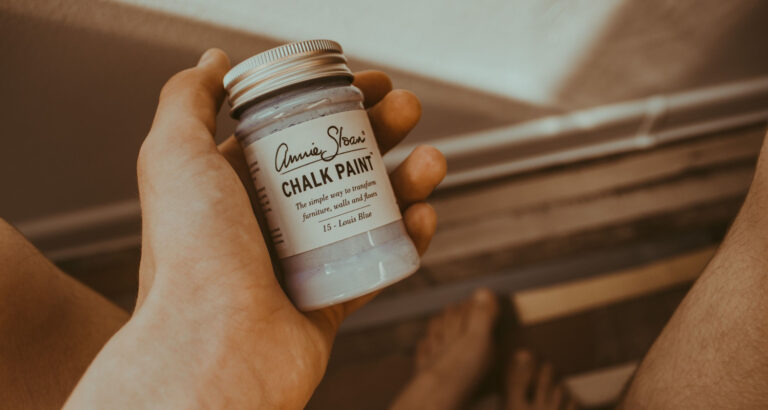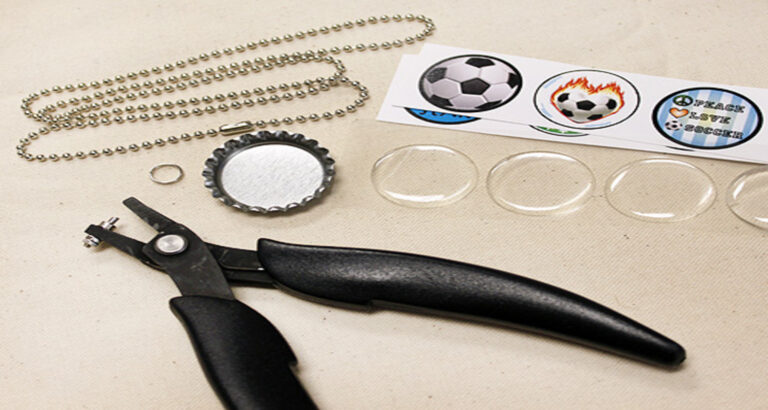Ever wondered about turning your art into income Here you will discover “How Much Do Art Prints Cost to Make”? Art prints might just be your golden ticket. In a world where everyone’s looking for that unique piece to add character to their spaces, your creativity could shine. This guide dives into the nitty-gritty of making and selling art prints. From costs to tips for maximizing profit, we’ve got you covered. Whether you’re a seasoned artist or a budding creative, understanding the ins and outs of art print production is essential.
The cost of making art prints varies widely, typically ranging from $0.50 to $20 per print, depending on factors like size, paper quality, and whether you’re printing at home or outsourcing.
Understanding the Cost Factors
When it comes to making art prints, several key factors can influence the overall cost. Understanding these factors is crucial for artists and printmakers to manage their budgets effectively.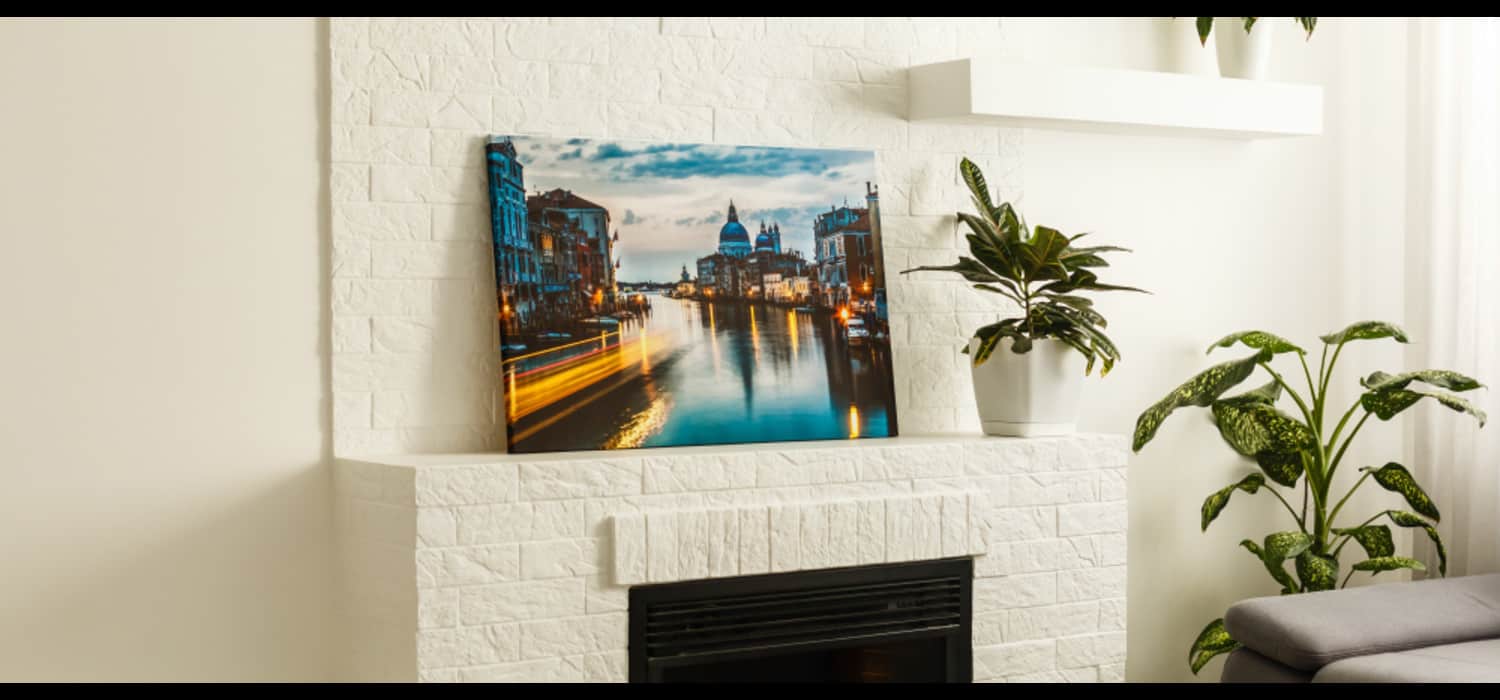
- Quality of the Paper or Material: The type of paper or material used for prints plays a significant role in determining the cost. High-quality, archival-grade papers are more expensive but ensure longevity and better color reproduction.
- Type of Printing Process: The printing technique used affects the cost. Giclée prints, known for their high-quality reproduction, are typically more expensive than lithography or screen printing due to the advanced inkjet technology and archival inks used.
- Size of the Prints: Larger prints require more materials and ink, leading to higher production costs. It’s important to consider the size carefully based on the target market and intended use of the prints.
- Color Complexity and Ink Usage: Prints with complex color schemes or high ink coverage can be more costly to produce. The number of colors used and the type of ink can impact the price.
- Edition Size: Limited edition prints are often priced higher due to their exclusivity. The smaller the edition size, the higher the cost per unit, as the fixed costs of production are spread over fewer prints.
- Artist’s Royalty Fees: If the prints are reproductions of an artist’s work, royalty fees may need to be factored into the cost. These fees can vary depending on the agreement between the artist and the publisher or printmaker.
By understanding these cost factors, artists and printmakers can make informed decisions about the production of their art prints. Balancing quality and cost is key to creating prints that are both beautiful and affordable.
Production Process and Its Impact on Cost
The production process of art prints is a series of steps that can significantly impact the overall cost. Here’s a breakdown of the process and how each step contributes to the cost:
- Preparation of Artwork: The first step involves preparing the original artwork for printing. This may include digital scanning, color correction, and resizing. The quality of the original artwork and the level of detail required can affect the time and resources needed, impacting the cost.
- Choosing the Printing Method: The choice of printing method (e.g., giclée, lithography, screen printing) affects the cost. Giclée printing, for example, is known for its high quality but is more expensive due to the use of advanced inkjet technology and archival inks.
- Selecting the Paper or Material: The type of paper or material used for the print also influences the cost. High-quality, archival-grade papers or canvas are more expensive but offer better longevity and color reproduction.
- Printing: The actual printing process involves the use of ink and machinery. The cost can vary based on the size of the print, the complexity of the colors, and the volume of prints being produced. Larger prints and those with complex color schemes typically cost more.
- Finishing and Packaging: After printing, the prints may undergo finishing processes such as trimming, mounting, or framing. These additional steps add to the cost. Packaging materials for safe shipping or presentation also contribute to the overall expense.
- Marketing and Distribution: The cost of marketing and distributing the prints can vary widely. This includes the cost of online platforms, galleries, or physical stores, as well as shipping and handling fees.
Comparison of DIY vs. Professional Printing Services:
- DIY Printing: Artists who choose to print their work themselves can control costs by investing in their own equipment and materials. However, the initial investment in a high-quality printer and ongoing costs for ink and paper can be significant. DIY printing may be more cost-effective for small-scale productions but can be time-consuming and may not match the quality of professional services.
- Professional Printing Services: Outsourcing to professional printmakers can ensure high-quality results but at a higher cost. Professional services offer expertise in color management and access to high-end printing technology. This option is ideal for artists who want to focus on their artwork and leave the technical aspects of printing to experts.
The choice between DIY and professional printing depends on the artist’s budget, desired quality, and volume of prints. Balancing these factors is key to managing the production costs effectively.
Pricing Strategies for Artists
Setting the right price for art prints is crucial for artists to remain competitive while ensuring a profit. Here are some strategies to help artists price their prints effectively:
- Cost-Plus Pricing: Start by calculating the total cost of producing each print, including materials, printing, labor, and overhead expenses. Then, add a markup to ensure a profit. For example, if the total cost is $50 and you want a 50% profit margin, the selling price would be $75.
- Market Research: Look at the prices of similar art prints in the market. Consider the reputation of the artist, the quality of the prints, and the size and edition of the prints. This research will help you understand what customers are willing to pay and how to position your prints competitively.
- Target Audience: Understand your target audience and their purchasing power. If you’re targeting high-end collectors, you may price your prints higher than if you’re targeting casual art enthusiasts.
- Limited Editions: Offering limited edition prints can justify higher prices due to their exclusivity. Clearly number and sign each print to add value.
- Tiered Pricing: Consider offering different price tiers based on size, edition size, or print quality. This allows you to cater to a wider range of customers and budgets.
By employing these pricing strategies, artists can find a balance between staying competitive in the market and earning a fair profit for their work.
Reducing Production Costs
For artists, managing production costs is essential to maintain profitability without compromising the quality of art prints. Here are some tips to help artists reduce expenses:
- Bulk Printing: Ordering prints in bulk can significantly reduce the cost per unit. Many printing services offer discounts for larger quantities. Plan your print runs carefully to take advantage of these savings, but be mindful of overstocking.
- Choosing Cost-Effective Materials: While it’s important not to compromise on quality, consider using materials that offer a good balance between cost and performance. For example, opt for high-quality but more affordable paper options or explore different printing methods that may be more cost-effective for your specific needs.
- Efficient Use of Ink: In the printing process, ink can be one of the most expensive components. Optimize your artwork for printing by using colors efficiently and minimizing ink waste. Some printing techniques, like giclée, are more ink-efficient than others.
- DIY Framing: Framing can add a significant cost to your prints. Consider offering prints unframed or learn to frame them yourself to save on costs. You can also provide framing suggestions or recommendations to your customers.
- Negotiating with Suppliers: Build good relationships with your suppliers and negotiate for better prices on materials and printing services. Don’t hesitate to shop around and compare prices from different vendors.
- Digital Marketing: Utilize digital marketing strategies to promote your prints. Social media, email marketing, and a well-designed website can be cost-effective ways to reach a wide audience without the need for expensive advertising campaigns.
By implementing these strategies, artists can reduce their production costs while still producing high-quality art prints that appeal to their target audience.
Conclusion
In conclusion, understanding and managing the cost factors involved in making art prints is crucial for artists and printmakers. By being aware of the expenses associated with materials, printing processes, and production steps, artists can make informed decisions to ensure profitability without compromising quality. Implementing effective pricing strategies and finding ways to reduce production costs can help artists stay competitive in the market while catering to their target audience. Ultimately, striking the right balance between cost, quality, and pricing will enable artists to successfully sell their prints and grow their art business.
FAQ’s
What factors affect the cost of making art prints?
The cost of making art prints is influenced by the quality of paper, printing process (e.g., giclée, lithography), size, color complexity, edition size, and artist's royalty fees.
How can artists reduce the cost of producing art prints?
Artists can reduce costs by bulk printing, using cost-effective materials, negotiating with suppliers, and optimizing ink usage in the printing process.
What is the difference between giclée and lithography printing?
Giclée printing uses inkjet technology for high-quality, archival prints, while lithography is a traditional method using plates and is often more cost-effective.
Why are limited edition prints more expensive?
Limited edition prints are priced higher due to their exclusivity and the perceived value of owning a rare piece of art.

I am Sammy and I blog at Live it. Love it. Make it. It is creative lifestyle blog run by best friends H and Sammy. Head over and follow our crafty adventures!

